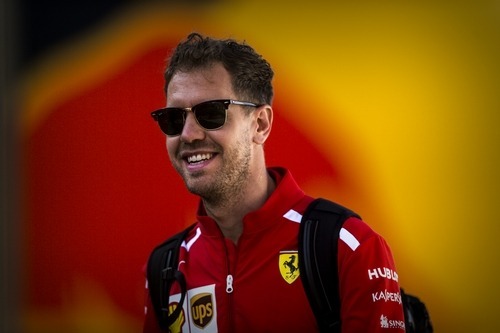
Sebastian Vettel pointed out after the Spanish Grand Prix what he considers to be a flaw with the virtual safety car system that would allow cars to gain an advantage under the VSC conditions… although that kind of loophole is no possible because of the way that the system works.

In an interview after the Spanish Grand Prix, Vettel explained that a way to “faster” under the VSC is “by saving distance”. The Ferrari driver went on to claim that all the drivers take ridiculous lines around the circuit under the virtual safety car conditions, calling the VSC software “poor” because it allows drivers to find extra performance.
However, Vettel’s claims are 100% false, as it would be impossible to gain any sort of performance advantage under the VSC without exceeding the delta pace and getting a penalty. It’s clear that Vettel doesn’t have a full understanding of the VSC system and how it works.
So how does it work?
The VSC system focuses exclusively on lap times, meaning that distance driven and car speed are completely irrelevant and play no factor on the system. There are multiple time sensors located around the circuit to measure how long your current lap is taking relative to a reference by the FIA. These tracking points give the drivers information on whether their lap time is shorter or longer than the reference time that the FIA has provided.
The FIA will penalize the driver at the start of each sector if their lap time was shorter than the FIA’s reference lap. This means that the drivers can go as fast or as slow as they want to, provided their lap time still takes longer than the reference lap time for that sector.
The VSC system works like vector speed camera systems on highways. These systems use a computer software that reads a driver’s number plate and times how long it takes that car to be detected by another camera further down the highway.
For example, a car driving beside a van at 2:00pm on a 100km/h highway could go twice the speed limit, pull over near the next detection camera 25km down the road and wait until 2:15pm. Then the car should hypothetically be alongside the van again because it takes 15 minutes to drive 25km if you are going 100km/h. So if the driver of the car made sure that they didn’t go past the second camera for 15 minutes, then they won’t get caught speeding.
There’s no way to gain any kind of advantage using these types of time-based measurement systems since time never changes, making Vettel’s claims entirely false.